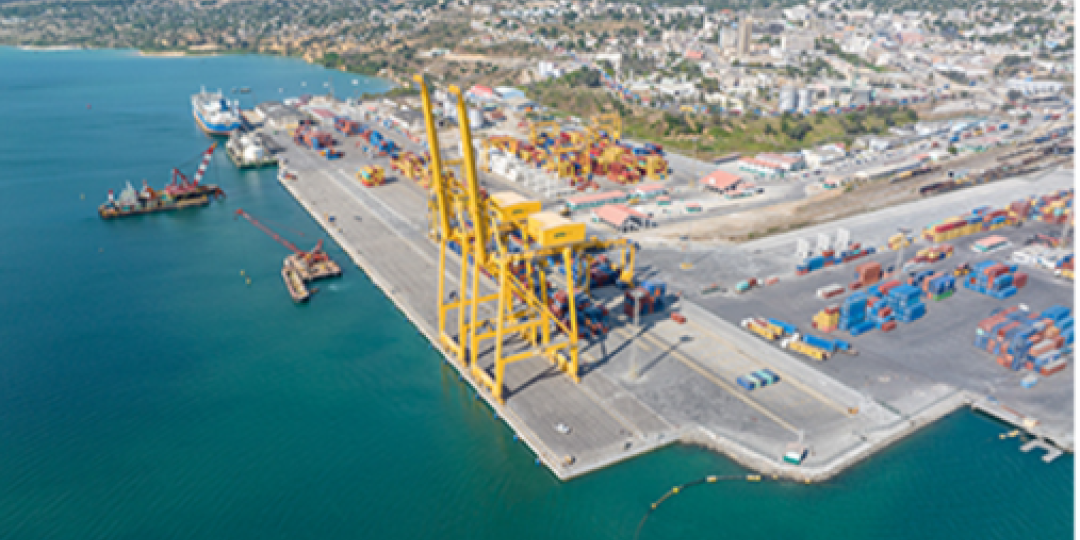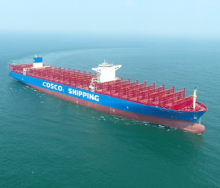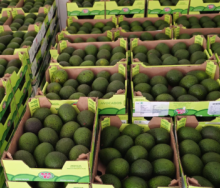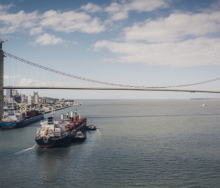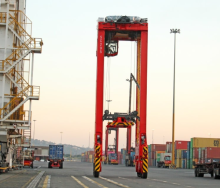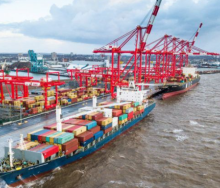Malawi is positioning itself as a multimodal transhipment country linking landlocked neighbours such as Zambia with burgeoning ports in northern Mozambique.
Apart from upgrading existing road infrastructure and expanding its logistical network through the support of the US foreign aid agency’s Millennium Challenge Corporation (MMC), Malawi is stepping up rail freight services to the Port of Nacala.
This has emerged following a shipment of fertiliser between Lusaka and the port, involving transhipment between road and rail at Kanengo Station in Malawi.
According to Kennedy Kwerani, commercial and marketing manager at Nacala Logistics, the shipment was a first for the company’s Lilongwe-Nacala Port Railway Freight Transport service.
Although the development bodes well for the potential establishment of a Lusaka-Lilongwe-Nacala corridor, capacity issues could hold back the potential for initial progress.
According to research by the Japan International Cooperation Agency (Jica), rail freight from Lilongwe remains hampered by an import-export tariff discrepancy.
“The import freight tariff is about 1.6 times higher than the export tariff, making rail transport less competitive for import.”
The same study Jica conducted in 2010 found that “compared to truck transportation, rail freight between Blantyre and Lilongwe is at a disadvantage in terms of transit time, taking an average of two days compared to 12 hours by truck”.
Although the report is 14 years old, sources say that not much has changed logistically for Malawi since then.
Nacala Logistics, of course, will beg to differ as the recent Nacala shipment and the MMC development shows real intent on Malawi’s part to draw transhipment benefit from its position between Zambia and Mozambican ports to the north of Beira.
Even though the Jica report is seemingly outdated, capacity challenges also exist on the Nacala end, a 2020 study by the European Centre for Development Policy Management has found.
It said that “Nacala port has limited storage capacity, leading to disruptions, delays, and quality losses for cargo as it is not smoothly moved through the port”.
It also re-emphasised the Jica study’s findings that “shipping lines are discouraged by the slow container handling times at the port, often as slow as four to six containers per hour, causing long ship turnaround times.”
Be that as it may, Malawi’s logistic developments are no doubt on an upward trajectory.
